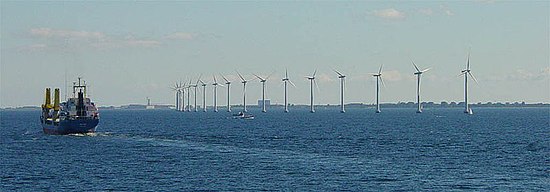States could save consumers and businesses $113 billion by adopting new efficiency standards for products such as computers and faucets, according to a new report, States Go First: How States Can Save Consumers Money, Reduce Energy and Water Waste, and Protect the Environment with New Appliance Standards, released July 25, 2017 by the Appliance Standards Awareness Project (ASAP) and the American Council for an Energy-Efficient Economy (ACEEE). The report recommends 21 appliance standards that states can adopt in the near term.
“These standards give states a great opportunity to save energy and water, lower utility bills for consumers and businesses, and reduce air pollutant emissions,” said Joanna Mauer, technical advocacy manager of ASAP and lead author of the report. “By adopting new appliance standards, states can also boost local economies and reduce strain on the electric grid.”
...
...
The 21 recommended standards in the report cover a wide range of energy- and water-using residential and commercial products. They include computers and monitors, commercial dishwashers, faucets, and portable air conditioners. The report estimates potential savings through 2035 assuming that the standards would take effect in 2020. On a national level, the report found that the 21 recommended standards could:
- Provide $113 billion in net present value savings for consumers and businesses, taking into account both utility bill savings and estimated impacts on product costs for items sold between 2020 and 2035
- Save 41 billion kilowatt-hours of electricity annually in 2035, or about 1.5% of current total residential and commercial annual electricity use
- Save 155 trillion Btus of natural gas annually in 2035, or about 2% of current total residential and commercial annual natural gas use
- Save 630 billion gallons of water annually in 2035, or about 6% of current annual residential water usage
- Reduce annual CO2 emissions in 2035 by 23 MMT, which is equivalent to the annual CO2 emissions of about seven average coal-fired power plants
- The top three products in terms of potential economic savings are water-using products: faucets, showerheads, and lawn spray sprinklers.
- More than half of the total potential primary energy savings come from the recommended standards for faucets, high color rendering index (CRI) fluorescent lamps, and computers and monitors.
- The average US household could save $106 annually on its energy and water bills from the recommended standards in 2035. The potential savings vary from $72 per average household in Iowa to $215 in Hawaii.
- The US energy and water bill savings over the useful life of the 21 products outweigh the estimated additional costs by a factor of more than 7; in every state, these potential savings outweigh the costs by a factor of more than 4.

At least 18 states have enacted appliance standards at various times. Most of today’s national standards, which cover products ranging from refrigerators to commercial air conditioners to electric motors, started out at the state level.
“State standards have not only provided benefits to states adopting standards, but have also helped spur national standards,” said Steven Nadel, executive director of ACEEE. “Even when just a small number of states adopt standards, it can be sufficient to affect national markets.”
The full report is available at: http://aceee.org/research-report/a1702
State-by-state savings estimates for each of the 21 recommended standards are available at: https://appliance-standards.org/state-savings-state-standards
ASAP (appliance-standards.org) organizes and leads a broad-based coalition effort that works to advance, win, and defend new appliance, equipment, and lighting standards that deliver large energy and water savings, monetary savings, and environmental benefits. Working together, the ASAP coalition supports new and updated standards at the national and state levels through technical and policy advocacy and through outreach and education.
The American Council for an Energy-Efficient Economy acts as a catalyst to advance energy efficiency policies, programs, technologies, investments, and behaviors.
The American Council for an Energy-Efficient Economy ACEEE http://aceee.org
Press Release dated July 25, 2017









